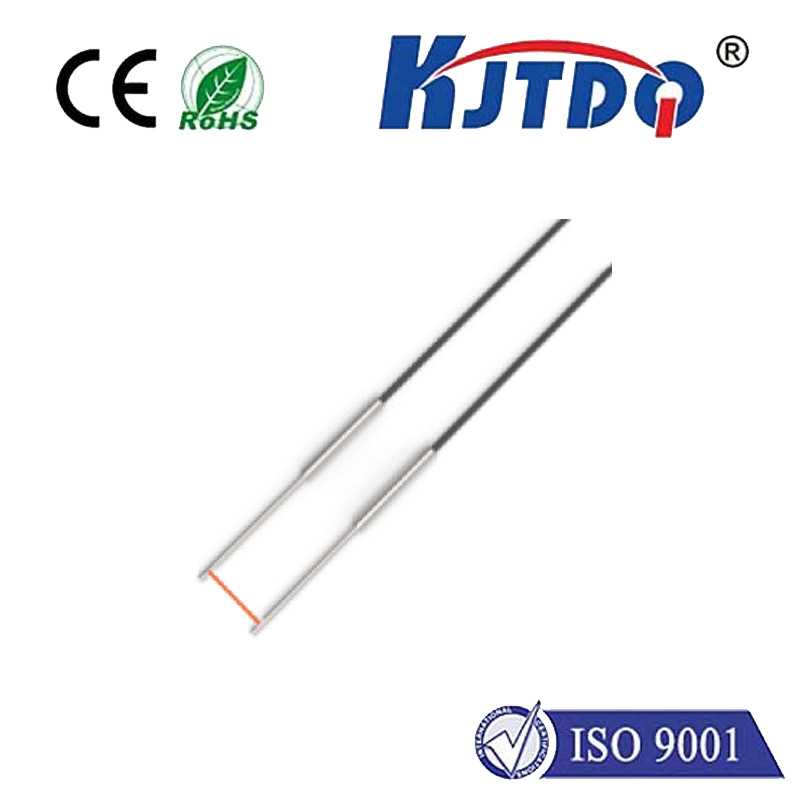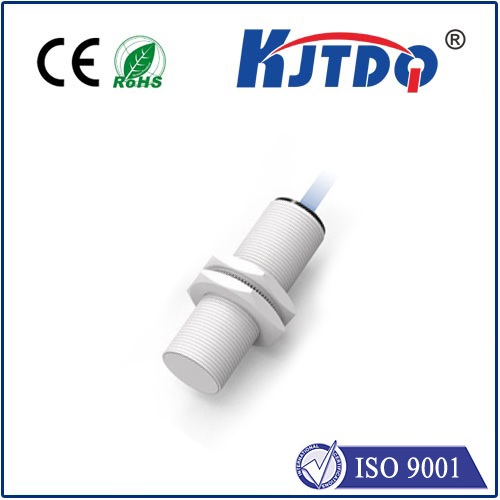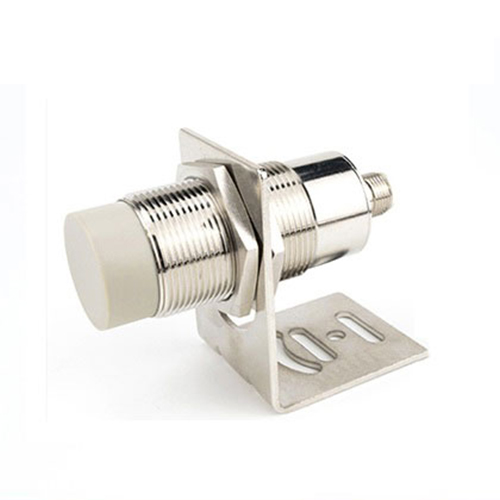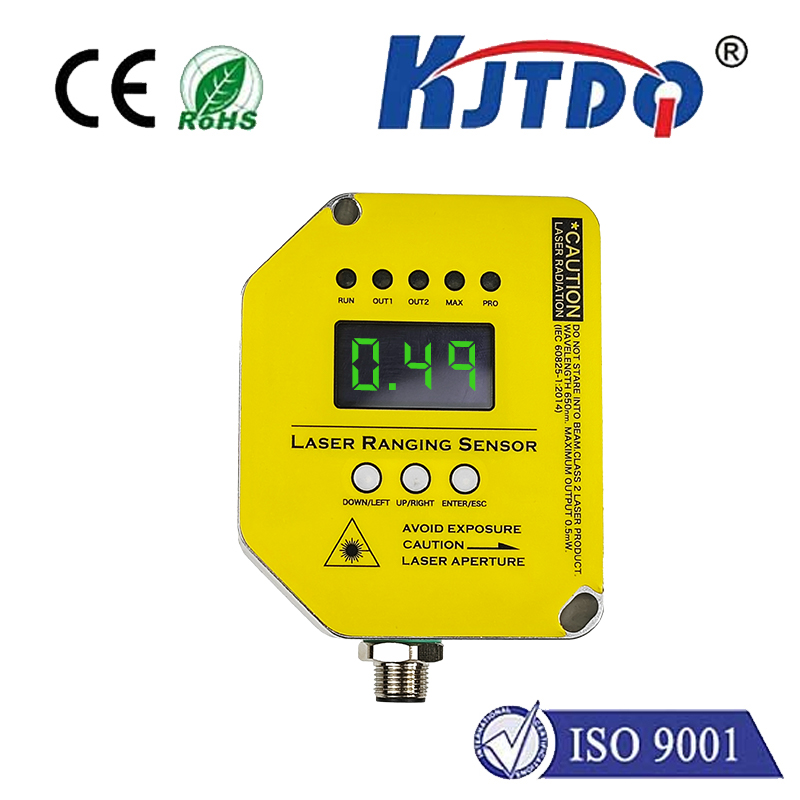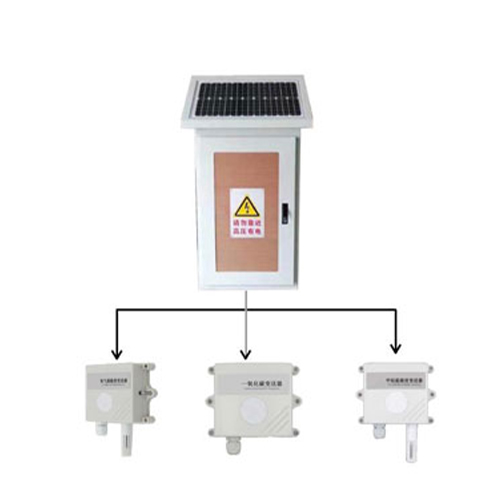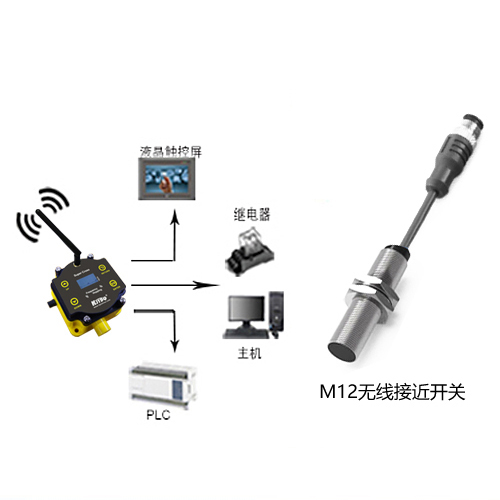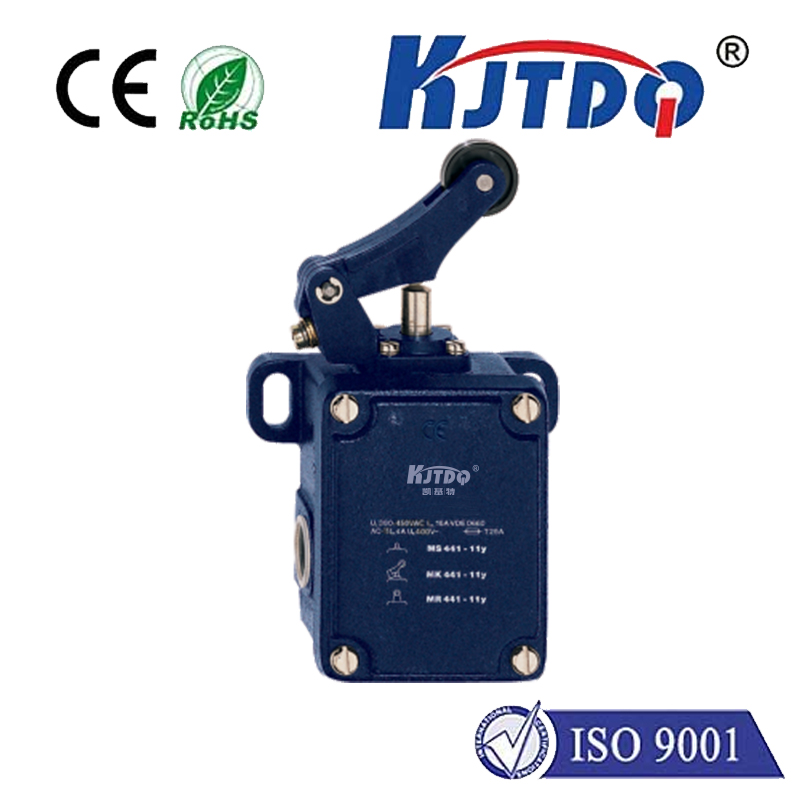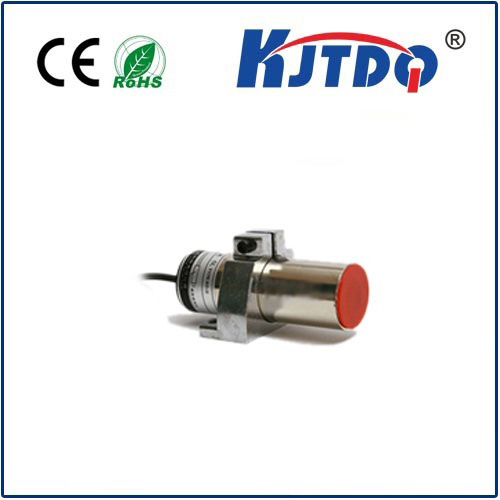magnetic proximity switch
- time:2025-06-12 17:55:08
- Click:0
Magnetic Proximity Switches: The Contactless Sensing Powerhouse Revolutionizing Automation
Imagine a world where machines operate flawlessly without physical touch, sensing movements silently and reliably, even in the harshest environments. This is the reality enabled by magnetic proximity switches – unassuming yet vital components forming the nervous system of modern industrial automation and countless everyday devices. They are the silent guardians, ensuring processes run smoothly, safely, and efficiently, all without a single mechanical connection. But what makes them so indispensable?
At their core, magnetic proximity switches are non-contact sensors. Unlike traditional mechanical switches that require physical force or contact to change state, these clever devices react to the presence or absence of a magnetic field generated by a target – usually a permanent magnet. This fundamental principle of contactless operation is the key to their exceptional durability and reliability.

How Do Magnetic Proximity Switches Work? Unveiling the Magic
The magic lies in their core sensing element. There are two primary technologies:
- Reed Switch Technology: This is the classic design. Inside a sealed glass tube are two thin, ferromagnetic metal reeds, slightly overlapping at their ends but not touching. When a sufficiently strong magnetic field from the target enters the switch’s range, it magnetizes the reeds. Opposite magnetic poles form at their tips, causing them to attract and snap together, closing an electrical circuit (NC type becomes NO, NO becomes NC). When the magnet moves away, the magnetic field weakens, the reeds lose their magnetism, and spring tension pulls them apart, opening the circuit. Their simplicity is a virtue, offering low power consumption and a clear switching action.
- Solid-State Technology: Modern variants often use Hall-effect or magnetoresistive sensors. These semiconductor-based devices detect changes in magnetic field strength directly. When the target magnet approaches, the sensor’s output state changes (e.g., a Hall-effect sensor might output a high voltage instead of low). Solid-state switches offer advantages like faster response times, smaller sizes, programmable switching points, and immunity to contact bounce. They can also sense the strength or even the polarity of the magnetic field, enabling more complex functions.
Why Choose Magnetic Proximity? The Compelling Advantages
The benefits of magnetic proximity switches over mechanical alternatives or other proximity sensors are significant:
- Exceptional Reliability & Long Life: With no physical contact required for actuation, there’s no mechanical wear and tear. There are no moving parts (in solid-state versions) or minimal wear (in reed types), leading to an exceptionally long operational lifespan, often measured in millions of operations. This translates to significantly reduced maintenance costs and downtime.
- Robustness in Harsh Environments: Sealed tightly against dust, moisture, oils, and chemicals (often boasting high IP ratings like IP67 or IP68), they thrive where mechanical switches would fail. They are resistant to vibration, shock, and corrosive atmospheres, making them ideal for demanding industrial settings like manufacturing, material handling, and outdoor applications.
- Contactless & Bounce-Free Operation: The absence of physical contact eliminates contact bounce – the erratic switching that can plague mechanical switches during actuation. This ensures clean, reliable signal transitions crucial for digital logic control systems.
- High Switching Speed: Especially with solid-state variants, magnetic proximity switches offer very fast response times, suitable for high-speed counting and positioning applications.
- Position Independence: Their operation depends solely on the magnetic field strength, not the physical orientation of the magnet (within defined parameters). This offers flexibility in mounting and design.
- Low Power Consumption: Particularly reed switch types, require very little electrical power to operate, making them ideal for battery-powered devices.
Where Magnetic Proximity Switches Shine: Key Applications
Their unique blend of features makes magnetic proximity switches ubiquitous across diverse industries:
- Factory Automation & Machinery: Position sensing on linear slides, rotary tables, cylinders (end-of-stroke detection), conveyor belt monitoring, door and hatch position sensing, spindle positioning, tool changers. Reed switches are frequently embedded in pneumatic cylinders.
- Material Handling: Detecting the position of cranes, hoists, elevators, forklifts (mast height, fork position), automated guided vehicles (AGVs).
- Automotive: Sensing seat position, gear shift position, convertible top status, brake pedal position, suspension height.
- Consumer Goods & Appliances: Lid/door position detection in washing machines, dishwashers, refrigerators and microwave ovens (safety interlocks), treadmill inclines, window/door sensors in security systems.
- HVAC: Damper position sensing, air filter monitoring.
- Medical Equipment: Position feedback in adjustable beds, imaging machinery components, pump mechanisms.
- Agriculture & Heavy Equipment: Implement position detection, level sensing in bins or tanks (using float magnets), throttle position.
Selecting the Right Magnetic Proximity Switch: Key Considerations
Choosing the optimal sensor requires attention to several critical parameters:
- Sensing Distance (Target Distance): The maximum distance at which the switch will reliably detect the target magnet. This depends heavily on the magnet’s strength and size. Don’t expect a tiny magnet to trigger a sensor from several inches away.
- Switch Type (NO/NC): Normally Open (NO) closes when a magnet is present; Normally Closed (NC) opens when a magnet is present. Select based on the required fail-safe logic in your circuit.
- Electrical Specifications: Supply voltage (e.g., 5VDC, 12VDC, 24VDC/AC), current rating, output type (e.g., PNP/NPN transistor, relay contact).
- Housing & Connection: Material (e.g., plastic, nickel-plated brass, stainless steel for harsh environments), size, shape (cylindrical, rectangular), and connection type (cable, connector types like M8, M12).
- Environmental Ratings: IP Rating for dust/water ingress protection, temperature range, resistance to chemicals or oils.
- Reed vs. Solid-State: Consider speed, power consumption, size, programmability needs, and budget. Solid-state generally offers more features and robustness, while reed switches remain excellent for simple, low-power tasks.
Magnetic proximity switches are far more than just simple on/off devices. They are the fundamental building blocks enabling reliable, contactless position detection across the vast landscape of automation and machinery. Their unique combination of robustness, reliability, and environmental resilience makes them the go-to solution for countless applications where physical contact is undesirable, impossible, or simply too prone to failure. From the factory floor to your kitchen appliances, their silent, magnetic sensing ensures countless processes operate smoothly and safely. Understanding their operation, benefits, and selection criteria is key to leveraging their full potential in designing efficient and dependable systems.












